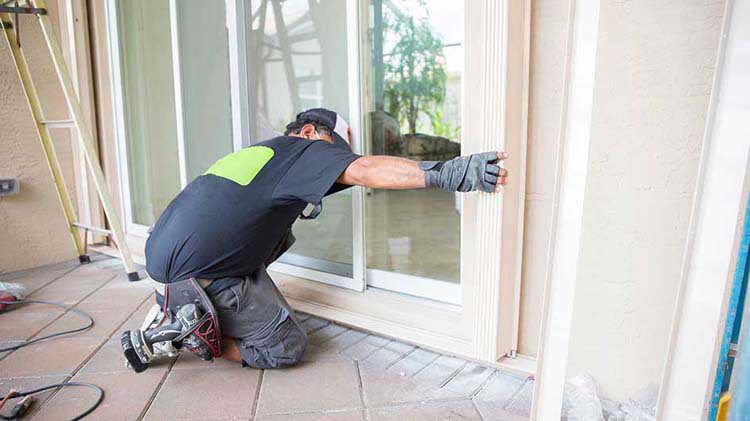Ways to stay safe during a severe storm or wind event
Preparing for a severe storm or wind emergency may help minimize damage to your property.
Severe weather safety tips
During severe weather events like hurricanes and tornadoes, winds can reach speeds greater than 100 miles per hour. High winds of any speed, however, can damage homes and property, and cause flying debris and broken glass which could cause potential injury. Proper planning may help save your family from injury and inconvenience when severe weather strikes. Prepare your family by creating a disaster preparedness plan, including a disaster survival kit and an emergency evacuation plan.
Stay informed
- Listen and watch for weather updates and advisories. Getting up-to-the-minute information is an important part of staying safe in any weather emergency. Tune in to a NOAA Weather Radio, battery-powered radio or cell phone for updates and mobile alerts.
- Wind advisory. A high wind advisory means that sustained winds of over 25 miles per hour are predicted.
- Take warnings seriously. Thunderstorm, tornado and hurricane warnings should be taken very seriously, as they mean that severe weather has been spotted and is on its way.
Find shelter during severe weather
- Take shelter in a safe location. Move to the middle of your home or basement, away from windows and glass doors. Try to take cover under a staircase or a heavy piece of furniture.
- Evacuate manufactured homes. Do not stay in a manufactured home during severe winds. They are easily overturned by high winds, and flying debris can puncture their light frames and exteriors.
- Consider building a safe room. If you live in an area prone to severe winds, you may want to build a safe room in your home. A safe room is an area of your home that has been reinforced to provide protection from broken glass and flying debris. An experienced contractor can build a safe room with a reinforced roof, walls and ceilings in a new or existing home.
- Bring a disaster kit. Wherever you seek shelter, remember to bring your family disaster kit with you.
Tips to help protect your property from severe weather and wind events
- Vehicles. Garage or store vehicles you plan to leave behind. If you don't have a garage, move them to higher ground, in case of flooding.
- Surroundings. Place garbage cans, patio furniture, grills and other potentially wind-borne objects inside your home or garage.
- Board your residence up. Board up windows and glass doors with shutters or plywood to minimize damage from broken glass, in case of high winds.
- Secure and shut off your outdoor pool. Turn off the circuit breaker to your outdoor pool and remove the motor to help prevent damage.
- Prepare for a loss of power.
- Consider a generator for backup power. An emergency backup generator, whether a home standby or portable, can help keep some appliances running during a power outage — which could take days or even months before power is restored.
- Keep flashlight and batteries on hand.
- Weather advisories. Monitor the radio for weather updates. If you are instructed to evacuate, go to a shelter as directed by local authorities and:
- Lock doors and windows before you go.
- Bring your survival kit and other supplies including medications, identification, and cash. Additionally, ensure that you have enough supplies for an extended period. For a helpful list of what your kit should include, visit American Red Cross.
- Let friends and relatives know where you plan to be.
- Fill your vehicle's gas tank or charge your vehicle's battery.
- Avoid traveling near flowing streams and flooded areas.
If there is no time to get to a shelter, retreat to your safe room if you have one. Otherwise, stay in the middle of your home or basement, away from windows, and try to take cover under a staircase or a heavy piece of furniture.
Other resources
- Institute for Business and Home Safety
- Federal Alliance for Safe Homes
- American Red Cross
- Federal Emergency Management Agency
If you've been affected by the recent storm in your area and need to report your claim, text the word “CLAIM” to 62789 to receive a link or you can report easily through statefarm.com®, our State Farm mobile app, contacting your State Farm agent or calling 800-SFClaim 800-732-5246800-732-5246.
If you determine your home sustained damage, to protect your property from further damage or loss, be sure to make reasonable and necessary temporary repairs. Keep an accurate record of repair expenses along with any photos of damage. If you have a covered loss, these repairs may be reimbursed by State Farm.
